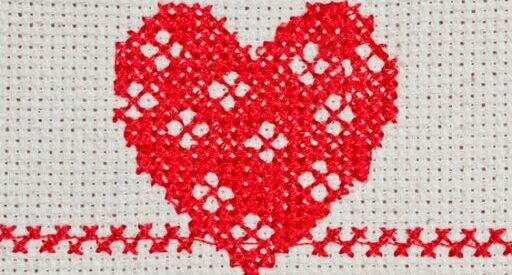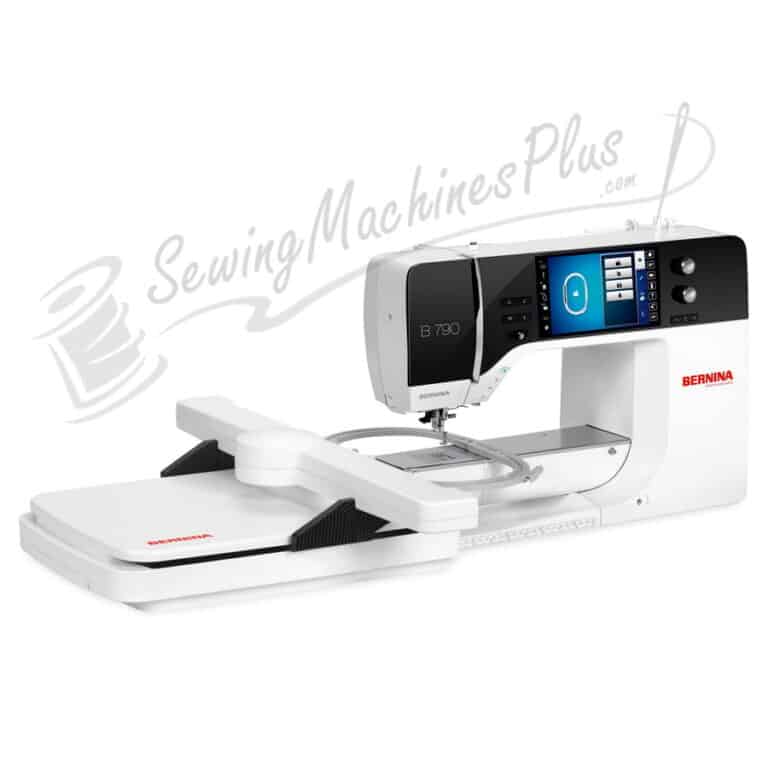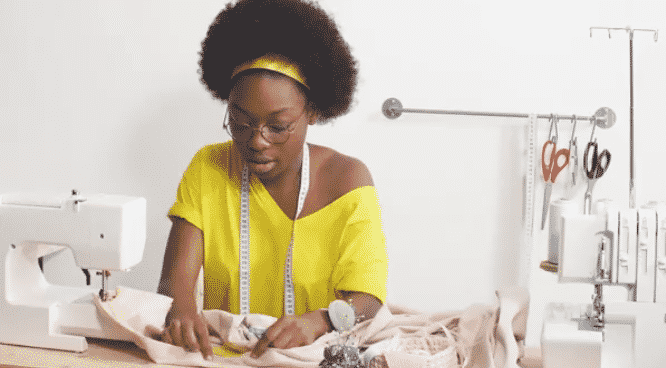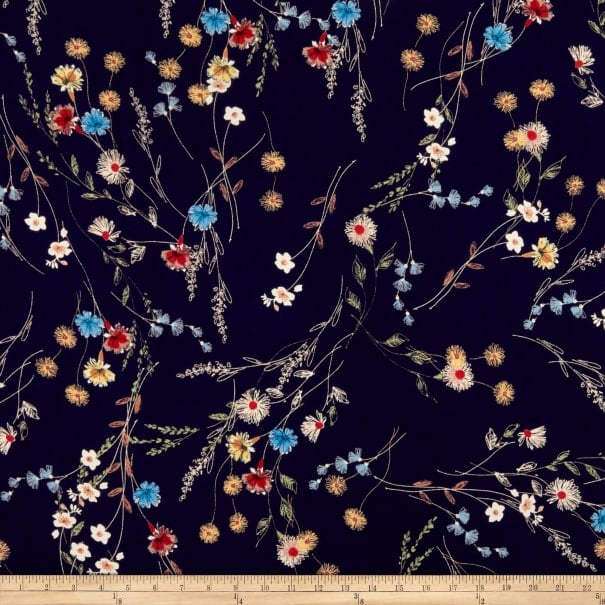PUL Fabric: History, Properties, Use, Care, Where to Buy
Table of Contents
Introduction to Pul Fabric
PUL fabric refers to practically any fabric or cloth that has been coated with polyurethane laminate. “Polyurethane Laminate,” or PUL, refers to a special material. This watertight material, which goes by “thermal stretch” and “fuzzy rubber,” has many applications.
PUL material can be found in a variety of applications. While, in concept, you could put PUL to any textile, it is most typically used with polyester, cotton, or cotton-poly blends.
What is the History of Pul Fabric?
PUL fabrics were initially utilized in hospitals because of their long lifespan, resistance to wetness, and simple maintenance requirements. Polyurethanes were first developed in Germany in the 1930s; nevertheless, it wasn’t until a few decades later that they were applied to the textile industry.
PUL textiles are employed extensively in a wide variety of applications in the modern-day.
Properties of Pul Fabric
- It is a lightweight fabric.
- It has good moisture-wicking abilities.
- It is highly stretchable and can maintain its shape.
- It is a reasonably breathable fabric.
- It can withstand repeated washings.
How is Pul Fabric Made?
The production of PUL fabric can be accomplished using either hot melt or liquid lamination, depending on the manufacturer. Lamination done using hot melt adhesive is sometimes referred to as green lamination.
Polyester, cotton, or a cotton-poly blend are the three most prevalent substances used to create PUL. Because it bonds in the best way possible, polyester is the most frequent form of PUL fabric.
To produce hot melt or environmentally friendly PUL, the plastic TPU layer is adhered to the textile using a high-temperature adhesive; more accurately, it is melted onto the existing fabric.
The conventional method for producing PUL involves first fusing the fabric and the polyurethane, then forming a string that is subsequently woven into textiles.
However, the solvent lamination technique involves using petroleum, which generates unwanted by-products and is not considered safe for use in food production.
Where is Pul Fabric Made?
Pul fabric is produced in the USA, which has a booming market for fabric production. Pakistan, Vietnam, Cambodia, Bangladesh, India, and Italy are among the other nations that manufacture significant amounts of PUL.
Companies located overseas typically create conventional PUL, and the production process is not as open to public inspection. PUL is something that many contemporary consumers who are environmentally conscious would rather not use.
Common uses of Pul Fabric
Pul fabric is used for various garments along with different products.
Baby gear and wear
For instance, the properties of PUL fabric make it a perfect choice for additional baby gear such as damp bags to store soiled disposable nappies and bibs.
Home décor
Since the texture of PUL fabric is soft, it is watertight, and it is simple to wash, it is an excellent choice for art smocks, table runners, furniture coverings, and drop cloths for use in children’s art projects.
Outdoor wear and other uses.
PUL fabric is also used to produce raincoats, rain caps, wallets, make-up bags, and washable sanitary pads, all of which may be found in stores.
Sewing with Pul fabric
Pul fabric is a stretchable material that needs to be sewed with caution and care. Sewing patterns and designs on the fabric can be done without a hindrance if one ensures using the correct sewing essentials and sewing notions and supplies.
Since the fabric is easily ruined, you should be very careful when stitching PUL so that you won’t have to tear out stitches and end up with a million little holes that will let water through. This would be a very terrible outcome.
Utilize the kind of needle that you would ordinarily use for the particular type of fabric that the PUL is made of. Use a needle designed for woven cotton if you will be stitching cotton-based PUL. Utilize a needle designed for knitting if you will be sewing interlock PUL fabric.
The sewing thread used should be a polyester type, making the fabric last longer. It would help if you also used longer stitches when sewing the fabric.
To obtain a better-sewed fabric, you can use the best sewing machines like the Brother SE600 for better results. Keeping in mind these tips and tricks, you can easily sew the fabric to make clothes and garments of your choice.
Dyeing and printing with Pul fabric
Pul fabric is a material that can be printed as well as dyed. Depending on the fibers that make up the fabric, it might be possible to color the fabric.
It is possible to use Rit All-Purpose Liquid Dye, the best fabric dye available, on items that have been manufactured using cotton, silk, and other types of synthetic threads.
How to care for Pul Fabric?
Pul fabrics should be washed with care.
Washing
- Use mild-warm water to wash the fabric
- Do not use a gentle laundry detergent.
- The machine setting should be set to a normal cycle
- The fabric can be dried by air-drying it on a flat exterior
- You can also tumble dry the fabric.
Ironing
- In theory, you should not iron Pul fabric.
- However, if you want to use a shark steam iron, press the fabric on the wrong side.
- Use a low heat setting, no steam, and a press cloth
Where to buy Pul Fabric?
Fabric stores and garment shops both stock Pul fabric, so you should be able to find it there. Clients also can purchase Pul fabric from online retailers and websites such as https://amzn.to/4b6kxLB and Amazon, both of which have the best Pul fabric currently on the market, such as the stunning Polyurethane Laminate – LS179- J Multi Dot Beige.
It can be sold in several ways depending on the seller;
- By yard
- By Inches
- Can be cut to order
Conclusion
Pul fabric is a special type of material that has been used to make various types of garments and products due to its moisture-wicking abilities and properties.
Sources





